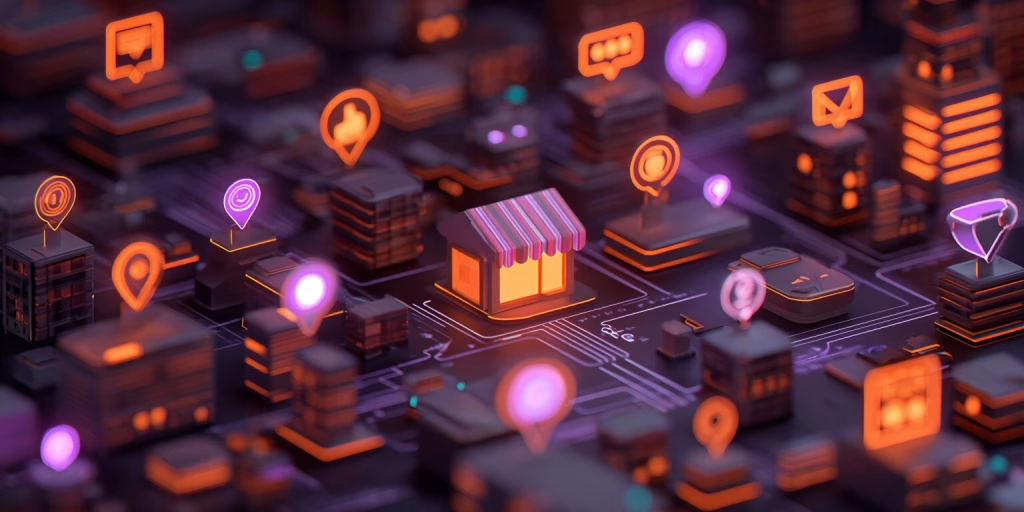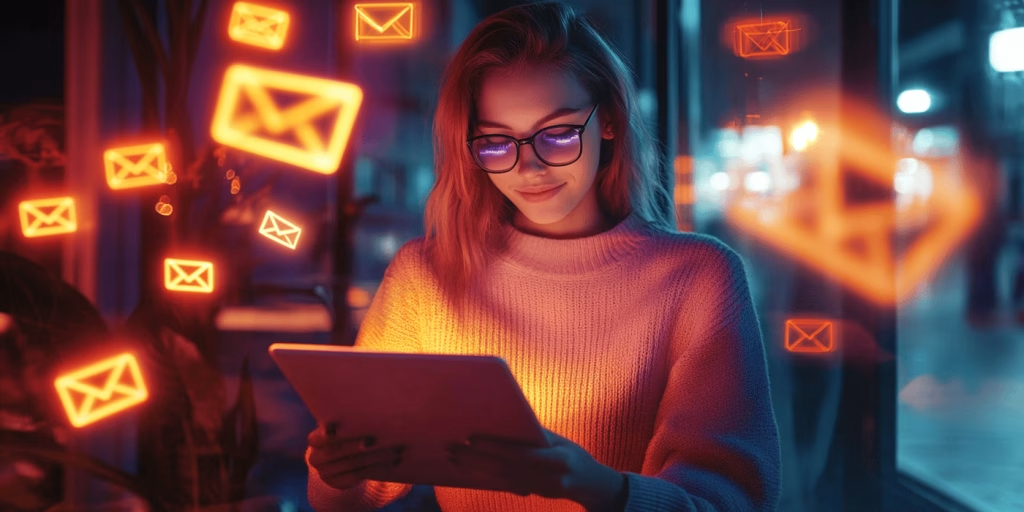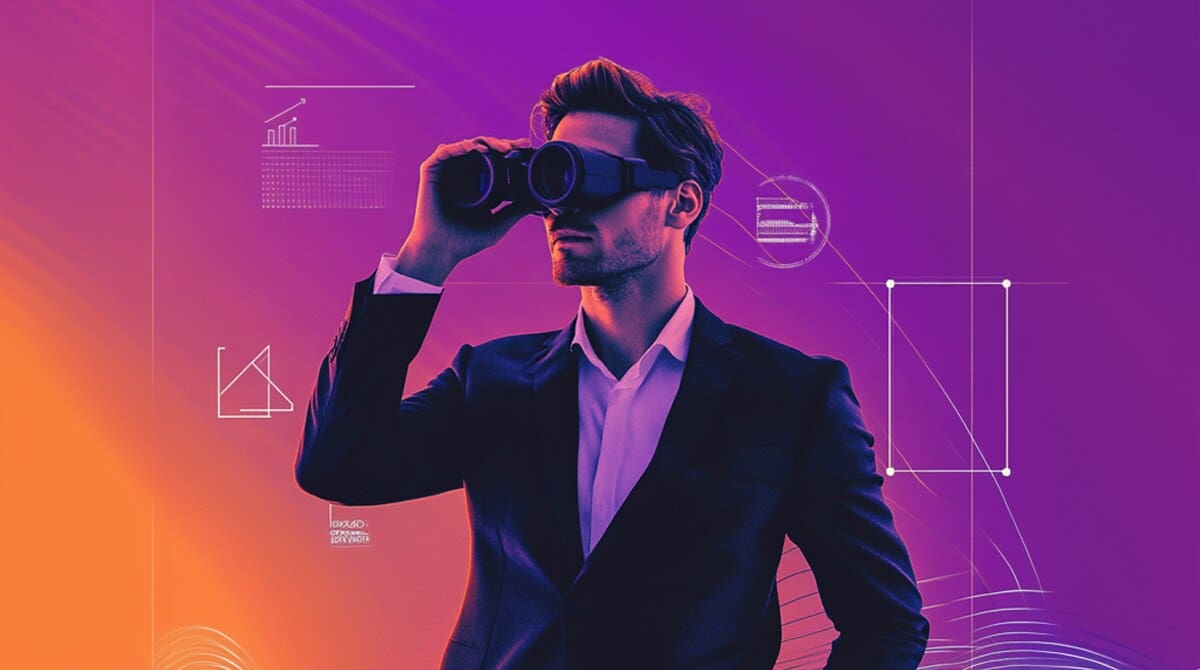
Changes and updates in the digital world are inevitable as the seasons change, and with every new year approaching, those who create and communicate in the digital realm should be in the loop.
Visual communication through design, whether it be graphic or web page design, is a way to come across a certain audience and channel ideas and messages, leading the viewers to take meaningful action. The magic happens when you spark engagement in the right audience, and depending on your goal, when the audience takes a step forward to your brand story.
Looking back through history, it’s clear that visual communication has taken countless forms, each style with its own counterparts, parallels, and rivals, defining the dynamic evolution of design. Being as it is, our focus is the styles yet to dazzle and shape the user experience in 2025.
We set ourselves the task of exploring which trends will dominate in the coming year and how they will impact the operations of web design agencies. Those working in the digital field will undoubtedly need to keep pace with these bold directions if they wish to maintain their competitive edge.
An Unexpected Combo: Intuitive and AI-Driven Design
Let’s address the elephant in the room first. Yes, AI (artificial intelligence) is here to stay, and yes – it will become more and more involved in interaction with users. Three important directions in web design have already emerged from AI: personalized user experience, augmented and virtual reality, and generative AI.
Personalized Experience
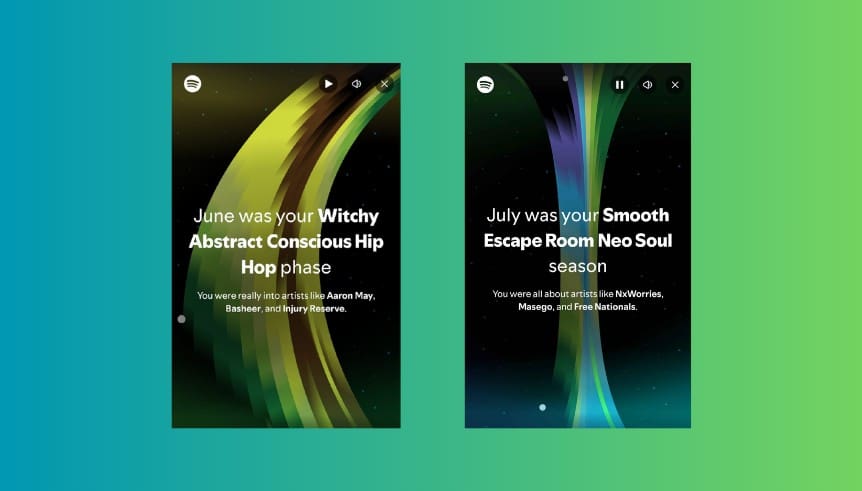
Instead of relying on tiring customer surveys and intuition, AI takes the guesswork out of predicting the customer’s preferences, delivering wanted results by every search. Predictive modeling and AI algorithms are behind a lot of seamless UX, like those on platforms such as Amazon and Netflix. Making recommendations by working through a lot of data fast is what distinguishes AI’s influence on web design trends in 2025 and beyond.
How important personalized user experience is in shaping preferences among customers is colorfully illustrated in Spotify Wrapped. An annual overview of individual listening trends, packaged in vibrant, on-brand visuals, perfect for sharing on social media and generating a lot of buzz, but all it does is personalize data. You go, Spotify!
Augmented Reality (AR) and Virtual Reality (VR) Integration in Web Design
Real-time data processing using AI, symbolically, expands to augmented reality and virtual reality technologies. AI works in the background of AR and VR, making user interaction on a web page more engaging, diverse, and effortless.
By making product suggestions tailored to individual preferences and tastes, as well as shopping history and even wishlists, AI elevates the customer experience. This level of personalization not only improves customer satisfaction but also increases the likelihood of repeat purchases.
Assisting Web Designer: AI Visuals for Improved User Experience
Apart from using data for personalization or real-life engagement in web design, some artists use AI tools for generating images from text prompts or image prompts to enhance the user experience and get the target audience more invested in the brand.
A lot of web design agencies use generative models to guide visitors through their story, delivering authentic, on-brand visuals as essential elements of web design. DALL-E, Midjourney, and Stable Diffusion are just some of the tools used in web design, and they are expected to be used even more in 2025.
Sustainability: We Only Got One Planet
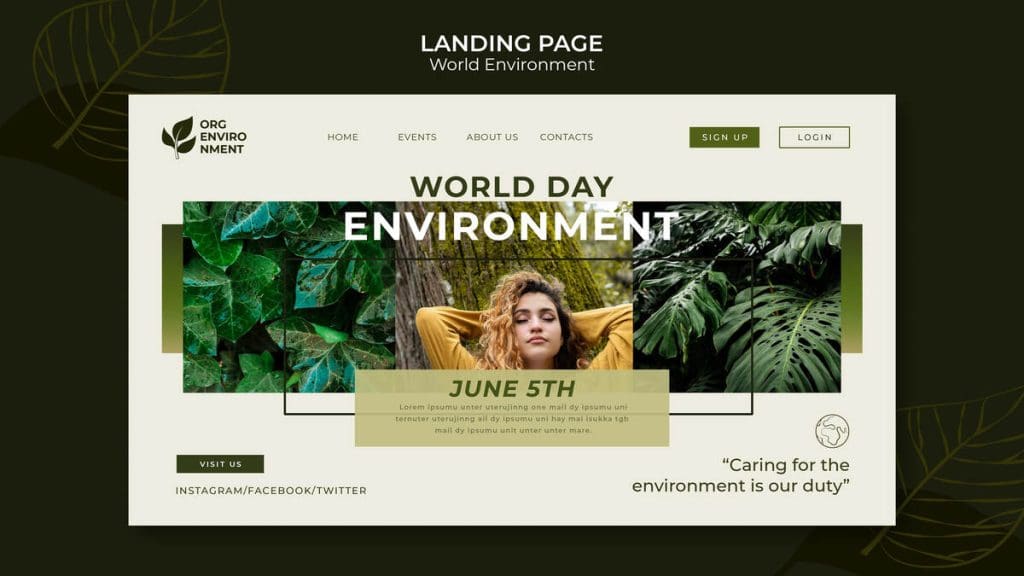
An approach to UI/UX design that prioritizes both people and the environment is known as sustainable web design. The echo technology on the planet from the latest advancements is even documented and states that data centers were responsible for around one-fifth of the world’s total electrical consumption in 2020.
Eliminating unneeded scripts and reducing file sizes increases site performance and speed, so eco-conscious users will absolutely love this 2025 trend in web design.
Going Back to Nature in 2025: Biophilic UX Design

The relationship between humans and nature has experienced fluctuations when it comes to incorporating and infusing nature into design. One trend projected to dominate in 2025 will alter that direction, and that is biophilic design: the style of incorporating nature-inspired aesthetics into the web.
Biophilic design, which aims to promote harmony with nature by highlighting its aesthetic qualities, has spread from architecture to digital space to support values of nature. One brand that applies this style to shape the user experience is Airbnb, using high-quality natural landscape photographs to improve visual appeal and suggest adventure and relaxation.
Zero-Click Navigation and Predictive UI: Redefining the Importance of Screens
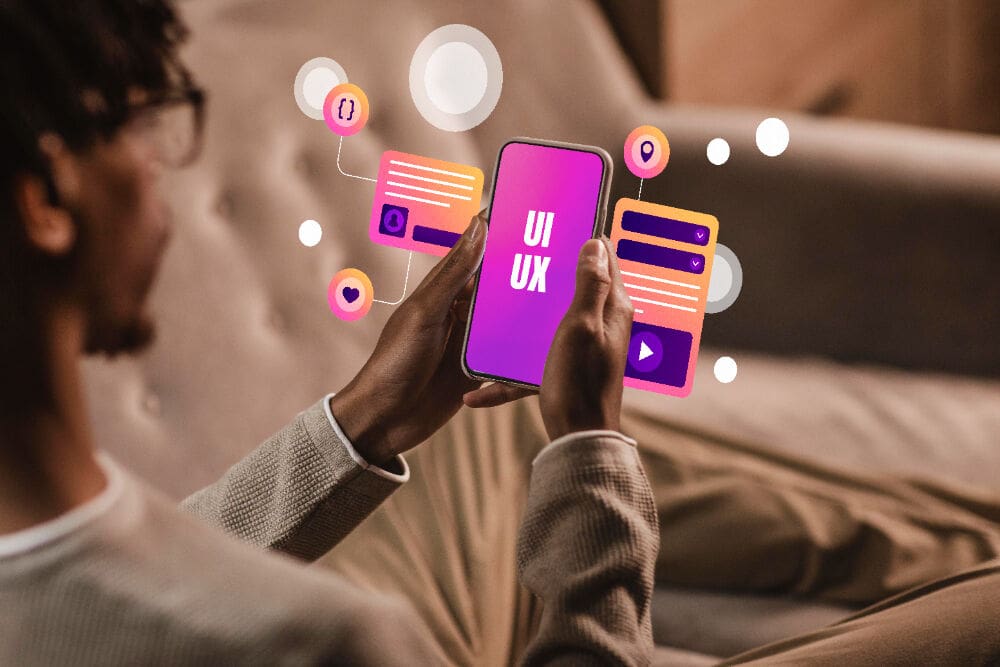
Web design trends and tendencies don’t happen by themselves; they’re accompanied by user behavior changes that affect the continuous supply and demand cycle. The predictive UI trend that is expected to hold an appearance in web design in 2025 is conditioned by the rise of paid advertising and the inability to gain traffic through traditional SEO and content marketing.
Predictive UI uses machine learning to suggest or autofill options before a user clicks. In the case of zero UI, its applications can enable users to perform actions without physically using a computer or smartphone. Zero UI aims to move interactions beyond phones and computers, leveraging our motions, voice, expressions, and even thoughts to enable systems to respond seamlessly within our environment.
Neumorphism 2.0: the Beauty in the Ordinary
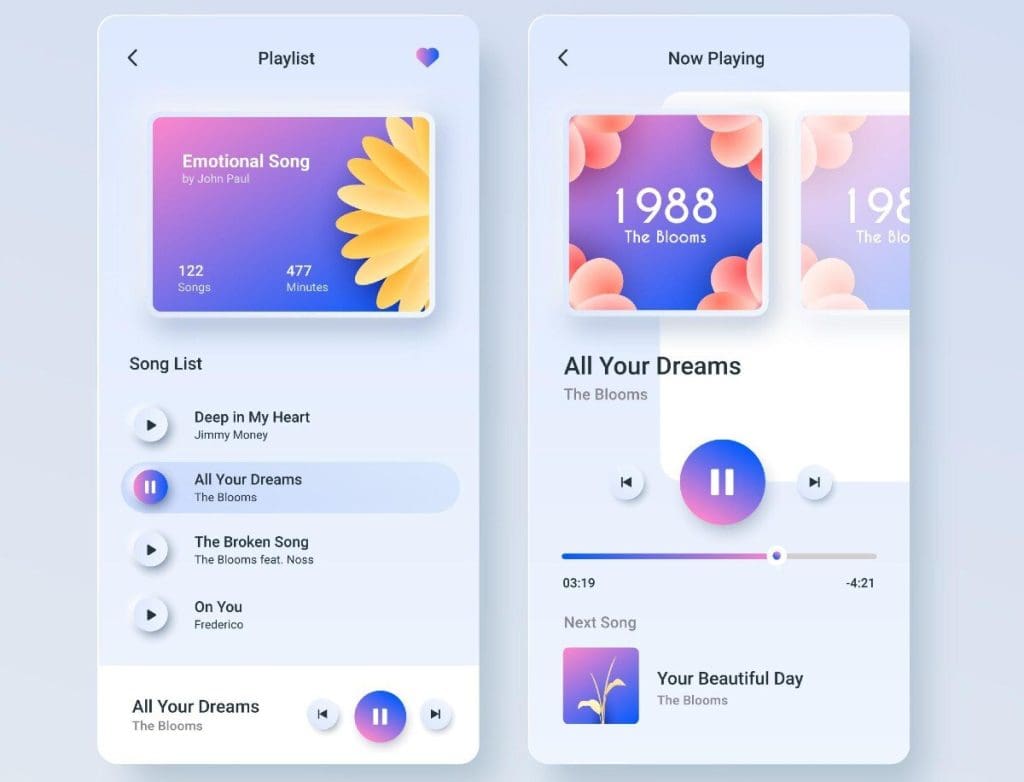
As if Neumorphism wasn’t enough of a tongue twister, the longer term associated with it is “new skeuomorphism,” and it emerged in the last months of 2019. As a blend of hyperrealism and simplicity, Neumorphism emerges as a response to the limitations of flat design, utilizing colors, textures, and shadows in a lifelike manner without excessive detail.
Neumorphism 1.0, the predecessor of the 2025 trend, has three distinct features: a three-dimensional appearance from shadows and gradients; iconography with literal meaning (for example, a trash can to represent the “delete” action); and imitations of physical objects. The Notes app on Apple devices serves as an example of this trend.
The advantages of incorporating the characteristics of neumorphism into the design of web pages and interfaces include the ability to achieve a consistent user experience across a variety of platforms and products.
Anti-design (Brutalism in Web Design)
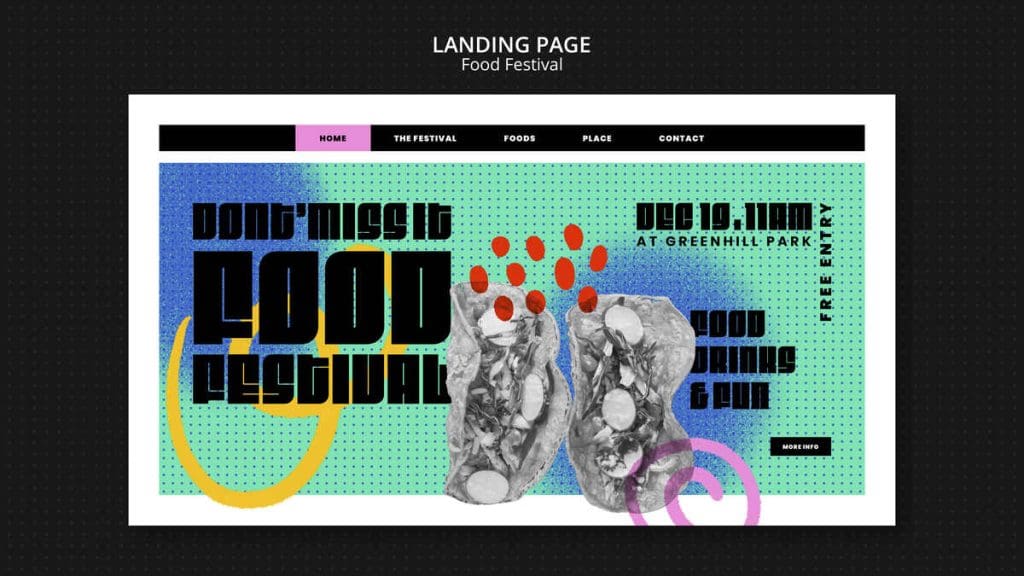
History has taught us that every direction and form of art has its counter-direction or counter-movement. In this case, anti-design is a form of rebellion against classical aesthetics and the rejection of established design principles and rules. This trend in web design is characterized by asymmetric, often chaotic structures, the combination of incompatible colors, distorted typography, and overall acceptance of the unconventional.
Brutalism is a trend that combines a minimalist approach to design with a raw, unrefined aesthetic. Its distinctiveness lies in its simple structure, which places typography at the forefront.
A website designed in this style might seem to an uninitiated visitor like a site stuck in the early 2000s. However, it is a trend that younger generations increasingly use as a form of self-expression or rebellion. This style is sure to captivate the user’s attention and offer a dynamic experience.
Wrapping Up
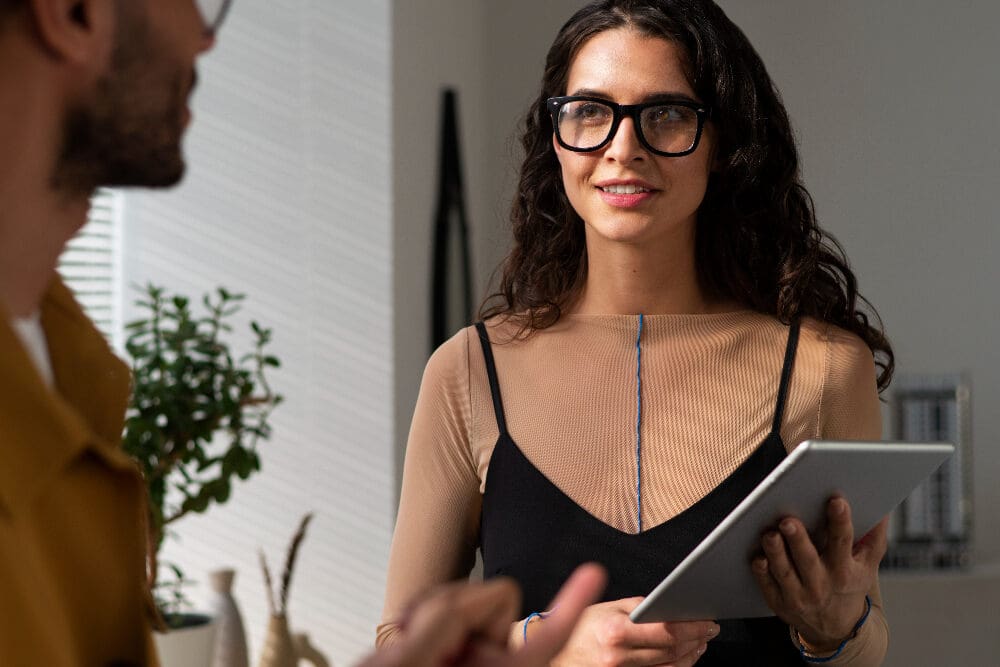
Whatever trend captures the attention and engagement of users, it is bound to evolve over time. Rest assured, we’ll revisit this topic as the world completes another spin around the sun. In the upcoming year, web design will undoubtedly focus on user-centered approaches, embracing innovations like AI and augmented reality. We will also prioritize personalization and the bold aesthetics of brutalism, all without neglecting the vital connection between nature and humanity.
Keeping up with these trends enables designers and businesses to remain competitive, provide distinctive user experiences, and meet the ever-changing expectations of today’s internet users.
